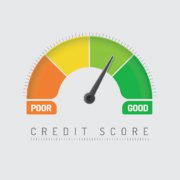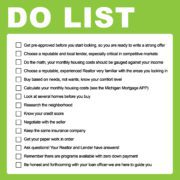How do Escrow Accounts work?
Escrow “accounts” have more to do with your monthly mortgage payment than the initial home purchase.
When you borrow money from a bank or direct mortgage lender, this account is where the lender will deposit the part of your monthly mortgage payment that covers taxes and insurance premiums.
 By collecting a fraction of those annual costs each month, the escrow account reduces the risk that you’ll fall behind on your obligations to the government or your insurance provider each year.
By collecting a fraction of those annual costs each month, the escrow account reduces the risk that you’ll fall behind on your obligations to the government or your insurance provider each year.
If you are putting down less than 20 percent for your down payment, most lenders will require you to open an escrow account. You will deposit monthly payments into the escrow account to cover your mortgage, plus property tax and insurance premiums; the lender will then take out the mortgage payment and pays the taxes and insurance for you. As for the mortgage insurance, the amount you will have to pay and when, depends on the type of you loan you get, so be sure to ask your lender what to expect.
The biggest advantage of using an escrow account is not having to come up with large payments once a year to pay taxes and homeowners insurance. Typically, it is much easier for people to pay $200 per month into a “forced” savings account instead of paying $2400 all at once.
Mortgage escrow accounts also guarantee your bills are paid on time. Your payments have already been budgeted for you and the money is waiting and available in your account. When the bill is due, the escrow account takes care of everything for you. It’s nice not to have to remind yourself of payment dates, amounts, etc.
A mortgage escrow account is an easy and simple way to manage your annual tax and insurance payments and put them on autopilot.
If you have any specific questions about your account, contact your lender and they can answer any questions you have.












Leave a Reply
Want to join the discussion?Feel free to contribute!